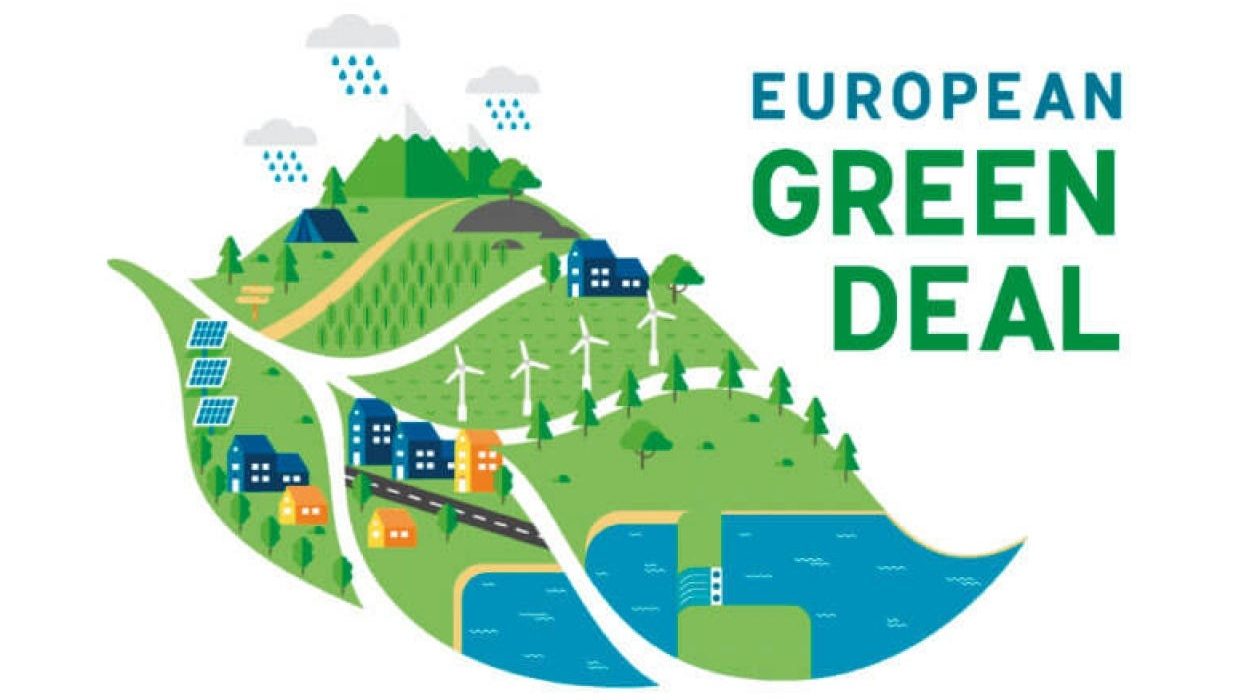The shifting political currents across Europe have emerged as formidable obstacles, casting shadows over the ambitious green objectives that once stood at the forefront of the region’s agenda. These challenges now imperil the collective efforts aimed at curbing greenhouse gas emissions, fostering sustainable farming practices, and bolstering biodiversity. In December 2019, the European Commission heralded a transformative vision with the introduction of the “Green Deal” – a comprehensive package of laws, directives, and funding strategies designed to position Europe as a sustainability powerhouse. Yet, as the years unfold, the trajectory appears to be deviating from this environmental commitment.
It scrutinizes the confluence of factors that have led to a discernible deceleration in environmental initiatives across the continent. As political landscapes evolve and global events reverberate, it becomes imperative to dissect the forces influencing the present state of Europe’s green ambitions and consider the potential ramifications for the future of environmental sustainability in the region.
The Rise and Retreat of the Green Deal
Ursula von der Leyen’s 2019 announcement of the “Green Deal” set the stage for Europe’s commitment to sustainability. The ambitious plan included goals to cut greenhouse gas emissions by 55% by 2030 and achieve net-zero emissions by 2050. However, recent geopolitical events, such as Russia’s war against Ukraine and the global rise of populist movements, have led to a retreat from these green ambitions.
Germany’s Reversal and the Impact of Right-Wing Populism
Germany, a key player in the European Union, exemplifies the recent shift away from environmental commitments. Political leaders, including Christian Lindner of the Free Democratic Party, have withdrawn support for crucial agreements, such as phasing out coal-burning power plants, citing energy insecurity due to the Ukraine war. Right-wing populist victories in Italy, Finland, Sweden, and Hungary have further undermined environmental priorities, with issues like biodiversity protection losing prominence.
Challenges to Green Policies in Germany
The article delves into specific challenges faced by Germany, the EU’s most populous state and largest economy. Opposition from the Free Democrats, who control key aspects of the government’s policies, has weakened legislation on renewable energy and hindered attempts to reduce car traffic. Chancellor Olaf Scholz’s cautious approach reflects concerns about losing support to hard-right parties promising to abandon environmental targets.
Concerns about Germany’s Climate Goals
Experts, including Brigitte Knopf, deputy chair of the body monitoring Germany’s climate goals, express concerns about the nation falling short of its commitments. Despite setting a target to reduce CO2 emissions to 65% below 1990 levels by 2030, Germany faces a significant emissions gap, particularly in heating and transport sectors. The implications of Germany’s environmental decisions extend to the broader European context.
European Union’s Mixed Progress
Within the intricate tapestry of the European Union’s environmental journey, a nuanced assessment reveals both strides forward and persistent challenges since the inauguration of the Green Deal. Despite commendable reductions in greenhouse gas emissions, hurdles persist in sectors crucial to decarbonization, such as heavy manufacturing and steelmaking. The complexity of these industries poses ongoing challenges to the EU’s overarching sustainability objectives.
While efforts to combat climate change advance, biodiversity faces a precarious trajectory. Populations of birds inhabiting farmland witness a decline, and the attainment of targets for protected areas remains elusive. This disheartening reality underscores the intricate balance required to harmonize economic activities with ecological preservation, a balance that continues to challenge policymakers within the European Union.
The unveiling of the “world’s first nature restoration law” offers a glimpse of optimism but is met with a healthy dose of skepticism. The proposed legislation, aiming to restore 20 percent of the EU’s terrestrial and marine ecosystems by 2030, faces scrutiny due to concessions and limitations. As the EU grapples with these complexities, this examination serves as a reminder that the road to comprehensive environmental sustainability is laden with intricate obstacles, necessitating continuous adaptation and robust policymaking.
The Future of European Green Initiatives
As the article draws to a close, a critical gaze is directed toward the future of European green initiatives, encapsulating a narrative that extends beyond the present challenges. The environmental backlashes experienced in smaller EU countries, such as Slovakia, Italy, and Scandinavia, serve as microcosms reflecting the broader struggles faced by Germany and the EU at large. The emergence of right-wing populist governments, coupled with geopolitical uncertainties and the fluidity of political landscapes, collectively casts a looming shadow over the European Union’s coveted status as a global sustainability leader.
The intricate dance between internal resistance and competing priorities within the European Commission further complicates the outlook for green policies in Europe. The ongoing struggle to reconcile divergent interests and navigate through the labyrinth of political dynamics underscores the uncertainty that shrouds the future trajectory of environmental sustainability in the region. In this context, the concluding reflections delve into the challenges and opportunities that lie ahead, presenting a nuanced understanding of the intricate interplay between political, social, and environmental forces shaping the destiny of European green initiatives.

